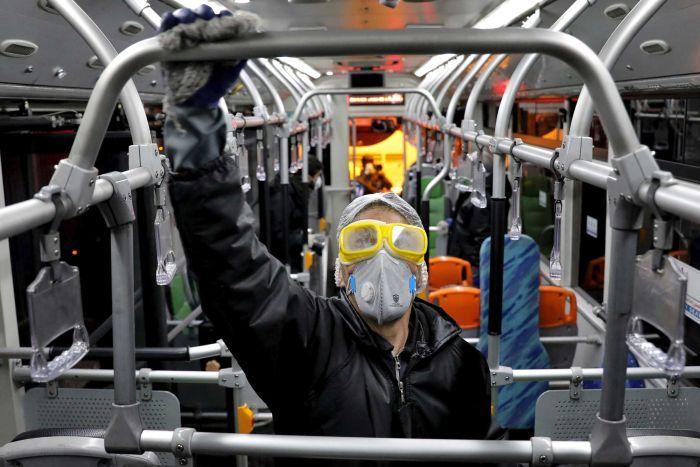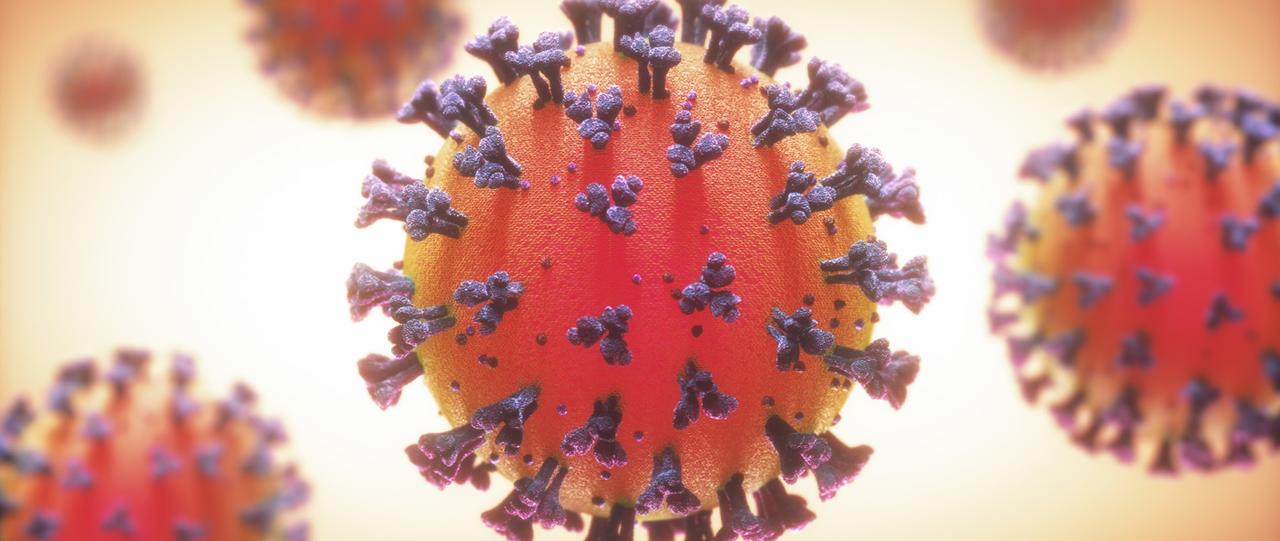A new study from Los Alamos National Laboratory has revealed a new, now-dominant strain of the coronavirus which appears to be more contagious, according to the authors. Meanwhile, doctors in the United States are wondering if the harder-hit East Coast is being hit with a different version of the virus than the West Coast.
Emerging in early February, the new strain migrated from Europe to the East Coast of the United States, where it became the dominant strain across the world beginning in mid-March. Wherever the new strain has appeared, it’s quickly infected far more people than earlier strains which emerged from Wuhan, China. Within weeks it became the most prevalent strain in some nations.
In addition to spreading faster, it may make people vulnerable to a second infection after a first bout with the disease, the report warned.
The 33-page report was posted Thursday on BioRxiv, a website that researchers use to share their work before it is peer reviewed, an effort to speed up collaborations with scientists working on COVID-19 vaccines or treatments. That research has been largely based on the genetic sequence of earlier strains and might not be effective against the new one. –LA Times (via Yahoo)
According to the report, fourteen mutations have been identified in the spike proteins of SARS-CoV-2, the protrusions on the exterior of the virus which make up its namesake ‘corona.’
The report was based on a computational analysis of more than 6,000 coronavirus samples from around the world, collected by the Germany-based Global Initiative for Sharing All Influenza Data.
Assisted by scientists at Duke University and the University of Sheffield in England, the Los Alamos team focused on a mutation called D614G, which controls changes in spike proteins.
“The story is worrying, as we see a mutated form of the virus very rapidly emerging, and over the month of March becoming the dominant pandemic form,” said lead author Bette Korber, a Los Alamos computational biologist. “When viruses with this mutation enter a population, they rapidly begin to take over the local epidemic, thus they are more transmissible.”

While the Los Alamos report is highly technical and dispassionate, Korber expressed some deep personal feelings about the implications of the finding in her Facebook post.
“This is hard news,” wrote Korber, “but please don’t only be disheartened by it. Our team at LANL was able to document this mutation and its impact on transmission only because of a massive global effort of clinical people and experimental groups, who make new sequences of the virus (SARS-CoV-2) in their local communities available as quickly as they possibly can.” –LA Times
The new strain first appeared in Italy, almost at the same time as the original Wuhan strain appeared, according to the report. By March 15, the mutated strain was dominant. The same was seen in New York, which was hit by the original virus around March 15, but was overwhelmed by the new strain within days.
The authors also warn that if the pandemic doesn’t wind down during the summer as most viruses do, it could undergo further mutations right as the first medical treatments and vaccines – should the adhere to ambitious timelines we’ve been promised – begin to roll out.
“We cannot afford to be blindsided as we move vaccines and antibodies into clinical testing,” Korber added on Facebook. “Please be encouraged by knowing the global scientific community is on this, and we are cooperating with each other in ways I have never seen … in my 30 years as a scientist.”
David Montefiori, a Duke University scientist who worked on the report said it is the first to document a mutation in the coronavirus that appears to make it more infectious.
Although the researchers don’t yet know the details about how the mutated spike behaves inside the body, it’s clearly doing something that gives it an evolutionary advantage over its predecessor and is fueling its rapid spread. One scientist called it a “classic case of Darwinian evolution.”
“D614G is increasing in frequency at an alarming rate, indicating a fitness advantage relative to the original Wuhan strain that enables more rapid spread,” the study said.
Different strains, different effects?
As the Times notes, doctors in the United States have begun to question whether new strains of the virus could account for differences in how it affects different people, according to UC San Francisco professor Alan Wu, who runs the clinical chemistry and toxicology laboratories at SF General Hospital.
According to Wu, medical experts have speculated in recent weeks that at least two strains of coronavirus were circulating in the US – one prevalent on the East Coast and one on the West Coast.
“We are looking to identify the mutation,” said Wu, who highlighted that his hospital has only had a few fatalities out of the hundreds of cases it’s treated, which is “quite a different story than we are hearing from New York.”
The Los Alamos study does not indicate that the new version of the virus is more lethal than the original. People infected with the mutated strain appear to have higher viral loads. But the study’s authors from the University of Sheffield found that among a local sample of 447 patients, hospitalization rates were about the same for people infected with either virus version.
Even if the new strain is no more dangerous than the others, it could still complicate efforts to bring the pandemic under control. That would be an issue if the mutation makes the virus so different from earlier strains that people who have immunity to them would not be immune to the new version.
And if the mutation makes it back to those who have already had COVID-19, it would make “individuals susceptible to a second infection,” according to the authors.

